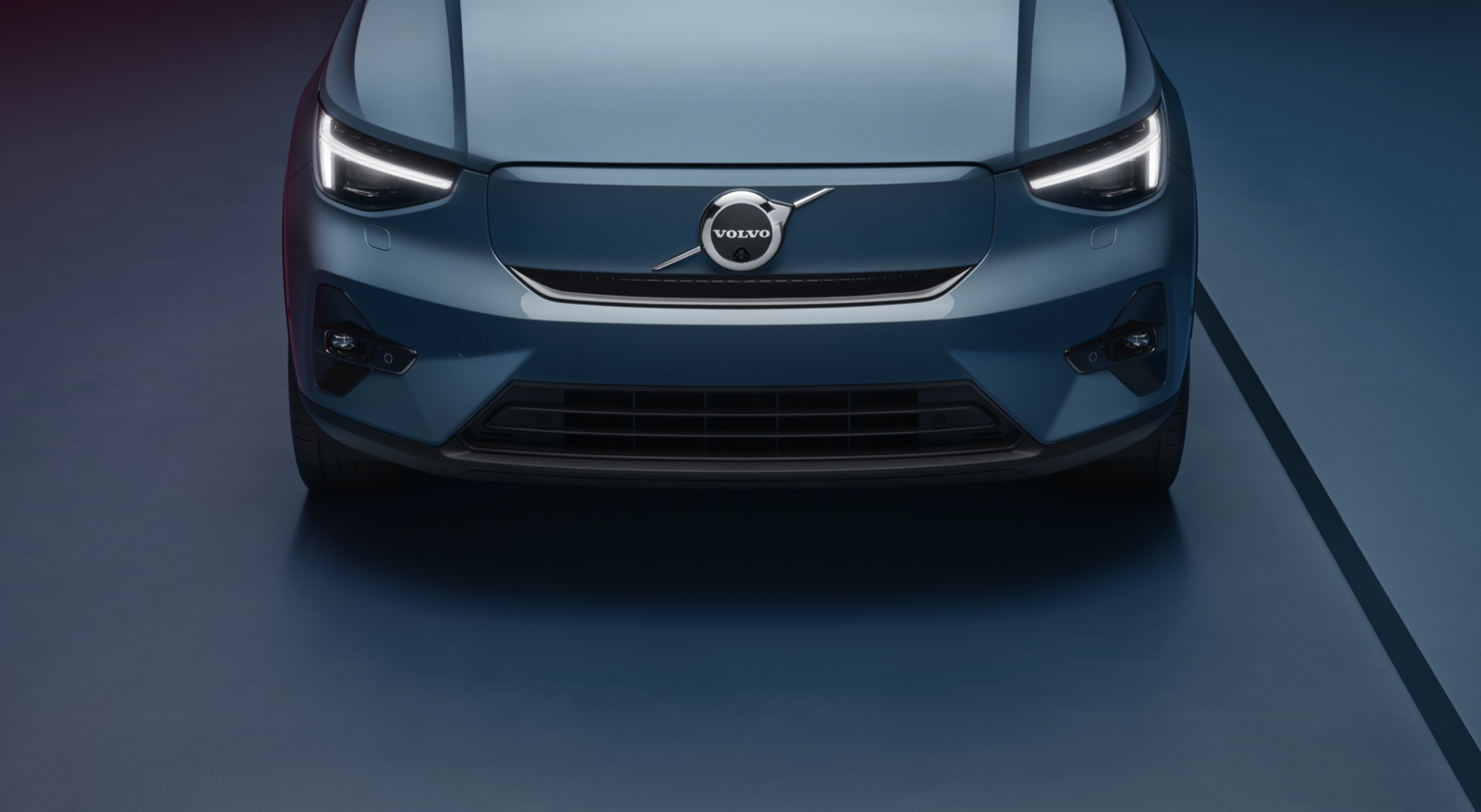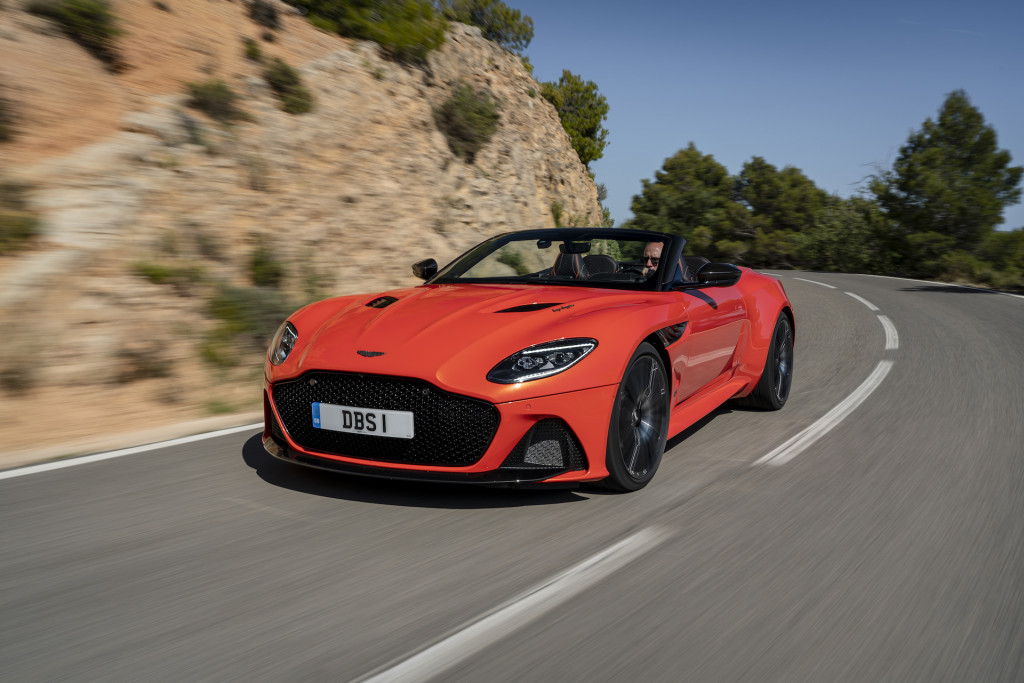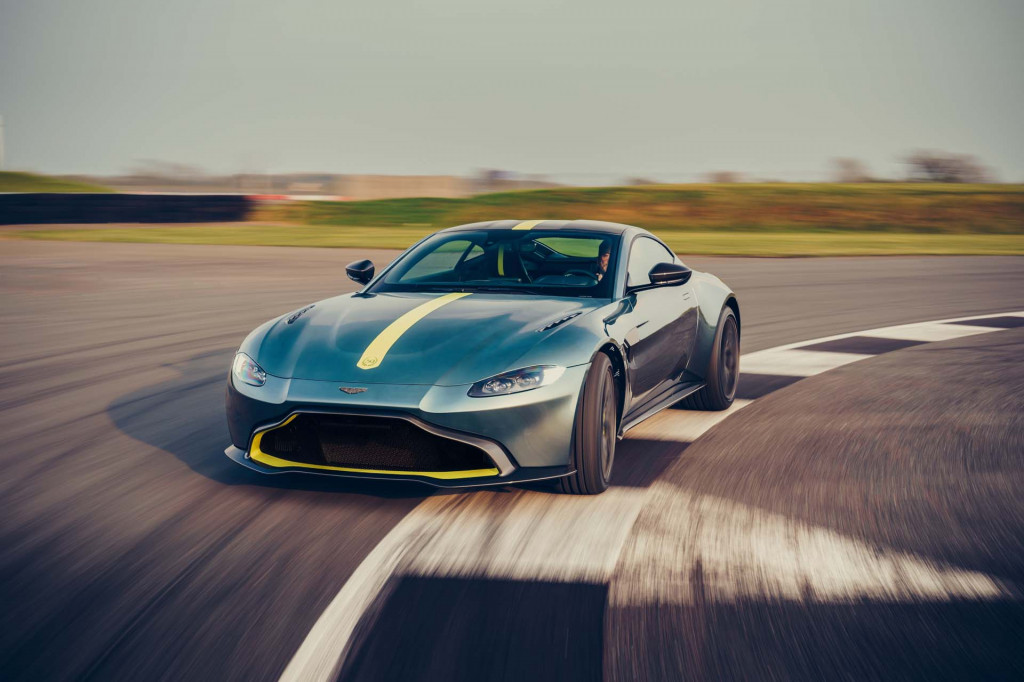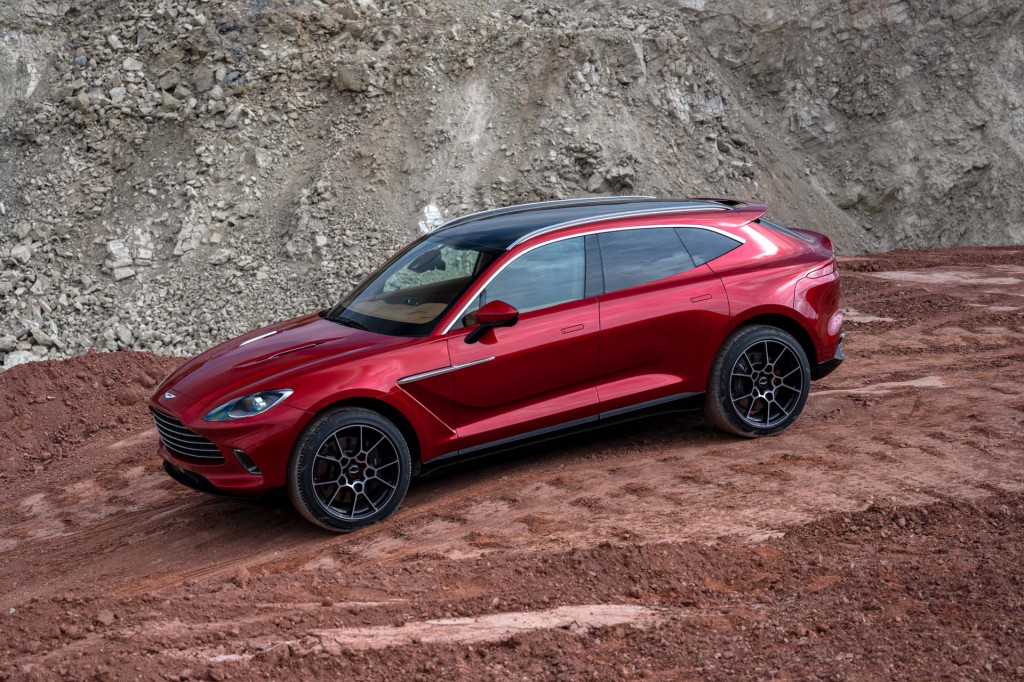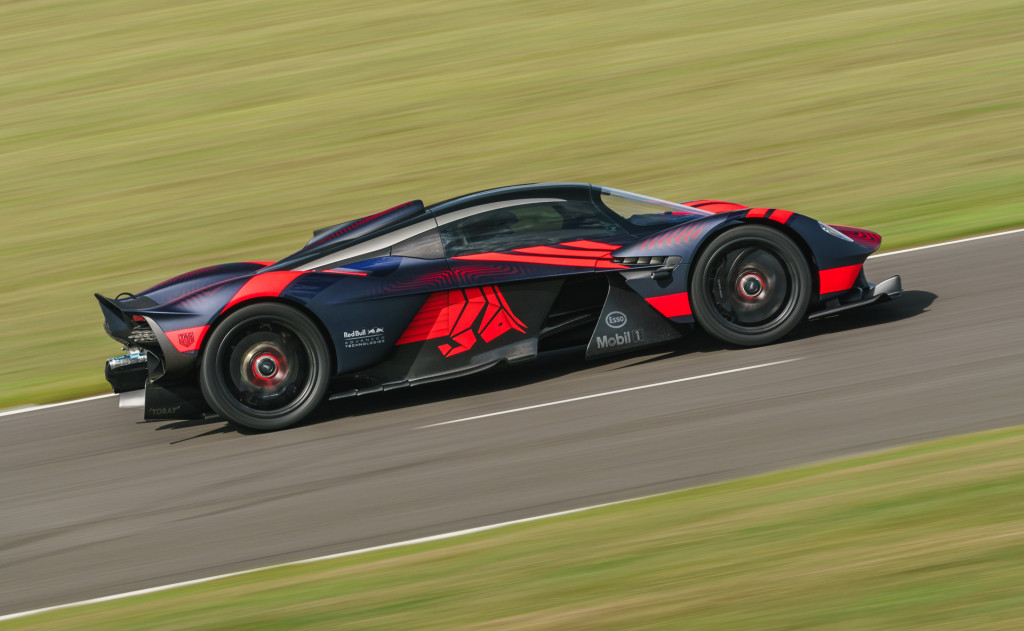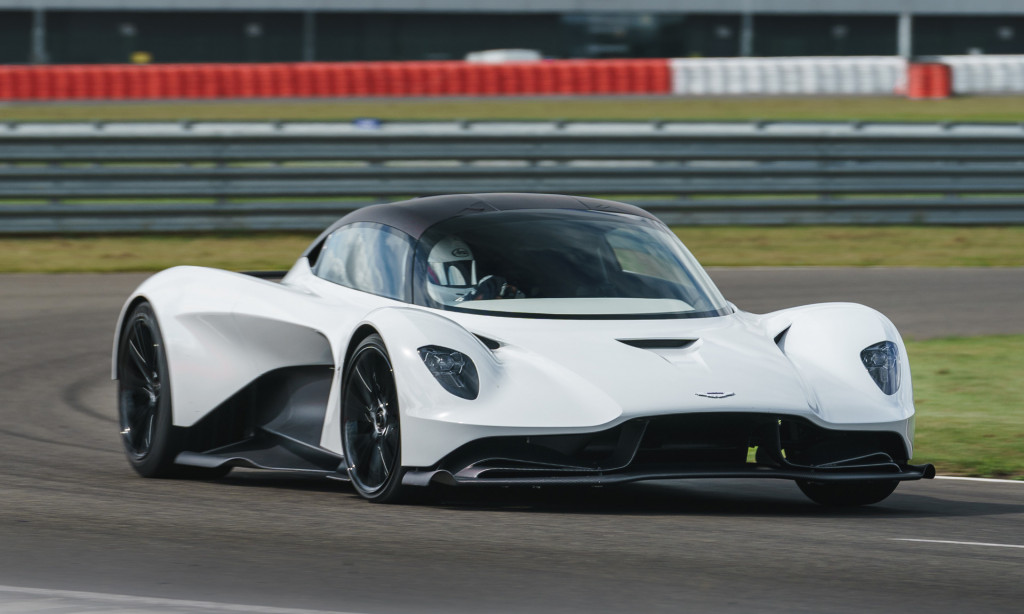Some people build their project cars for out-and-out thrust, or to be nimble on the track; others are focused on quarter-mile times, while yet more like to have a quick and practical runabout for nipping to the shops via the fun route. Wolfgang Koller wanted all of these things at once, and the modified Audi 90 you see here is the polymathic result…
Feature first appeared in Fast Car magazine. Words: Dan Bevis. Photos: Lukasz Elszkowski
“I like to use this car for special occasions,” says its proud owner and builder, Wolfgang Koller. “Like quarter-miles, half-miles, and weddings…” Only a few moments in his effervescent company and already we’re awestruck by the quality, malleability, entertainment value and sheer audacity of this build. After all, while blushing brides are famously quite keen to get to the church on time, the idea of lining up alongside the Christmas tree lights in full wedding regalia and catapulting up the strip is presumably not something that gets mooted all that favourably. Finding a car that can excel in both of these entirely diverse scenarios is a rare treat indeed, and Wolfgang’s wonderful creation is frankly something of a marvel.
Perhaps the best part of all is that people really have trouble trying to figure out what the car is. If you look at the front dead-on, then it’s clearly an RS2 – except that when you move around to the side you find that it’s a saloon. And what’s this 90 saloon doing running a big-power 20v turbo five-pot and a full quattro drivetrain swap? It’s like a greatest hits of 1980s/’90s Audi engineering, smooshed together into some kind of quantum vortex and atom-split into one catch-all solution. A practical four-door that’s also a total headcase.

Perhaps we shouldn’t be surprised. After all, as the driving force (pun certainly intended, ta) behind Germany’s revered Audiland Racing, Wolfgang is a man who knows his Ingolstadt onions. The fella had a fairly early start, with his quattro career kicking off back when he was nineteen with an ’87 Coupe GT quattro. “I started out modifying the wheels and the suspension, before moving on to the question of power,” he recalls. “The engine was a 115bhp 2.2-litre, and I modified the cylinder head and fitted a crank from ABT, as well as upgrading the exhaust system.”
It’s true that modifying can be a manner of addiction, and the path that’s been followed here is a textbook case. The initial alterations in both altitude and attitude acted as a gateway drug, and it’s never long before the lust for thrust begins to push with its insistent urgency and pointy claws. In Wolfgang’s case, it all proved too irresistible for words, and his home-brewed modifying adventures naturally led him to be buying and selling Audi parts, something that developed into a proper parts business and vocation; the enthusiasm for tuning stirred its own elements of malevolent energy into the mix, and as all of these stars symbiotically aligned it was only a matter of time before he was cutting the ribbon on the doors to the new business, Audiland Racing. And the rest, as they say, is history.

So why an Audi 90 this time, of all things? Well, quite simply, Wolfgang crashed his old Coupe GT and he needed a new car. After a quick search, he unearthed a front-wheel-drive Audi 90 for sale not too far from home, packing a 136hp 2.3-litre motor. (For the uninitiated, the 90 nameplate was the one applied to the versions of the Audi 80 that were running five-cylinder engines – it was a more luxurious version with plush velour seats, and identifiable by its different lights at either end.) Suffice it to say that the 136bhp number didn’t stay the headline power figure for long, as Wolfgang immediately got elbows-deep in the oily stuff to reimagine the saloon as the ultimate version of itself. “I built it up to 550bhp, with a Garrett GT35 turbo and the 2.2-litre 20-valve engine out of an S2,” he grins. But impressively – and perhaps slightly improbably – that wasn’t enough for this inveterate tuner. Perhaps it was the tortured screams from those overloaded front tyres that gave him pause for thought, but somewhere along the line he realised that he was putting quite a lot of surprising grunt through the front wheels.

“In 2002 I bought an Audi 90 quattro chassis, and built a completely new 90 quattro 20v turbo,” he explains. “In the beginning I used the engine out of the FWD Audi 90, along with an intake manifold from an Audi S1 to add a little more power. Since then, I’ve changed almost every single element of the car – only the fuel tank and the rear diff remain.” That’s a fairly astonishing boast; not so much Trigger’s Broom as a cornucopia of relentless excellence, this project has been an ongoing quest to refine every individual element of the car in the pursuit of perfection. Topped off by the white carbon Audiland cam cover, this insanely purposeful five-pot kicks out Group B levels of power, and the bangs and flames which explode out of the custom shotgun exhausts really are a treat for the ears and the eyes – check out Wolfgang’s Instagram (@koller.74) to see for yourself.

What makes it all the more fun is that, if you weren’t really paying attention, the car almost looks subtle. Sure, the low-slung stance thanks to its KW V3 coilovers and the old-school BBS E28s tell those in the know that something’s amiss here, but the sober grey hue acts as a sort of cloaking device. There’s a reason why military planes are often painted grey; well, three reasons, really – first of all, if you paint the underside of a plane grey, it can blend in with the sky more easily when seen from below. Secondly, and similarly, if you paint the top of it grey then it can camouflage itself on the runway tarmac when viewed from above. And thirdly, and most significantly, if you slather your fighter jet in radiation-absorbent iron-ball paint, it’ll be pretty much invisible to radar. That, and it’ll fox heat-seeking missiles somewhat. All in all, the stealthy properties of grey sell themselves when it comes to hiding in plain sight. This is very much the reason that the 90 is a stealthy (if sparkly) grey – it flies under the radar. Well, until it starts popping and banging like a rally car, obviously. The interior is splendidly fit for purpose too, as Wolfgang’s swapped in the forthright innards from an S2, also augmenting it with huggy Recaro buckets, plus the essential accoutrements for a build like this: oodles of gauges, and a big shift light. It’s all form and function here, working in splendid harmony. A true polymath, built largely by Wolfgang’s own two hands, with the ability to carry out any task thrown at it with aplomb. Dragstrip runs, track days, nipping out for a pint of milk, bridal chauffeuring, this unique creation can do it all. Naturally the colossal thrust will pin the bride back in that Recaro like a force 11 gale, and the cartoonishly large brakes will then pinball her toward the dash, but of course that’s all part of the fun. Wolfgang’s got big plans too, involving a bigger turbo and around 800hp. When you have a car that can do everything, that gives you carte blanche to do anything.

Tech Spec: Modified Audi 90 Quattro
Engine:
2.5-litre 20-valve 5-cylinder, PK Motorsport valvetrain, TTH GTX35 turbo conversion, Audi S1 intake manifold, PK Evo pipes, TiRon hardware, custom Audiland cam cover in white carbon, custom exhaust system inc. thermo-isolated manifold, full quattro conversion
Chassis:
9×18-inch BBS E28 wheels, 215/35 tyres, KW V3 coilovers, front strut brace – covered in white carbon, RS6 8-pot front calipers with R8 LMS discs, B5 RS4 rear brakes
Exterior:
Full repaint in metallic grey, RS2 front-end conversion, RS2 mirrors, Kamei badgeless grille, additional air vents in bonnet and front bumper, USDM taillights, smoked headlights and indicators, de-badged rear
Interior:
RS2 interior conversion, stock carbon trims, Recaro bucket seats, Alcantara-trimmed steering wheel, shift-light, additional gauges in air-vents

